As a new school year begins, it’s the ideal time for volunteer treasurers to get organized. Whether you’re supporting a PTO or PTA, booster club, sports team or another volunteer-run group, tackling a few essential financial tasks now will set your organization up for a smooth and successful year ahead.
High Priority: Must-Do Items
1. Close last year’s books
Before anything else, properly close out your previous fiscal year in MoneyMinder. Complete all outstanding bank reconciliations, process any remaining expense reimbursements, and generate your year-end financial reports. You can’t move forward effectively until you have a clean slate from last year.

2. Update bank account authorized signers
Add new officers as authorized signers and remove former officers from your bank accounts immediately. This is both a security issue and a practical necessity. Review signature requirements to ensure they align with your current board structure.
3. Update user access in MoneyMinder
Add new board members to your MoneyMinder account with appropriate access levels and remove users who are no longer involved. The QuickStart Guide provides step-by-step instructions for user management. Getting this out of the way early prevents access issues during busy periods.

4. Set up your new financial year
In MoneyMinder, each financial year is stored separately. Many school and parent groups follow the school year calendar, starting their financial year start on July 1st. You’ll need to add a new financial year when your current one ends, although some groups add it early so they can start to plan next year’s budget. Regardless, you can look back at prior financial years whenever you need.
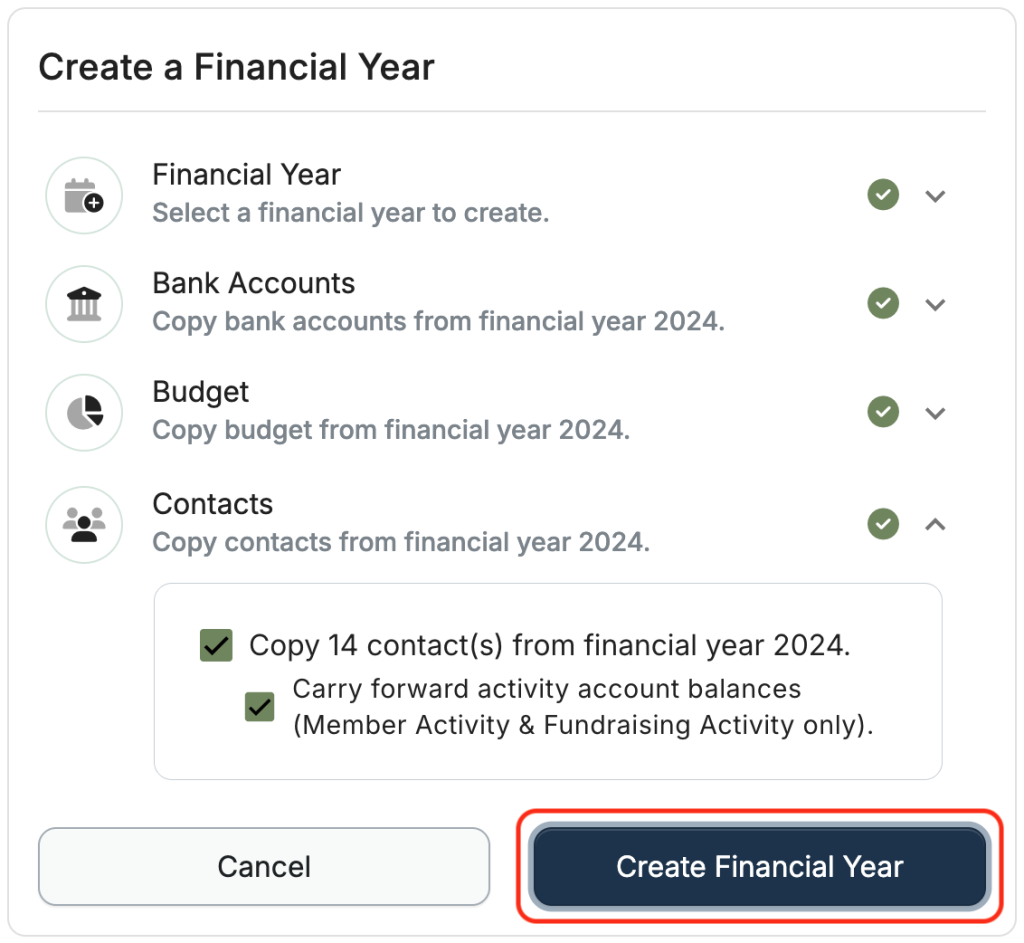
5. Create your annual budget
This is your financial roadmap for the entire year. Use MoneyMinder’s budget templates designed for school groups or build from scratch. Review last year’s actual income and expenses to inform your projections. Include categories for fundraising events, programs, administrative costs, and an emergency fund. If you’re new to budgeting, our guide on how to be a club treasurer covers budgeting fundamentals.
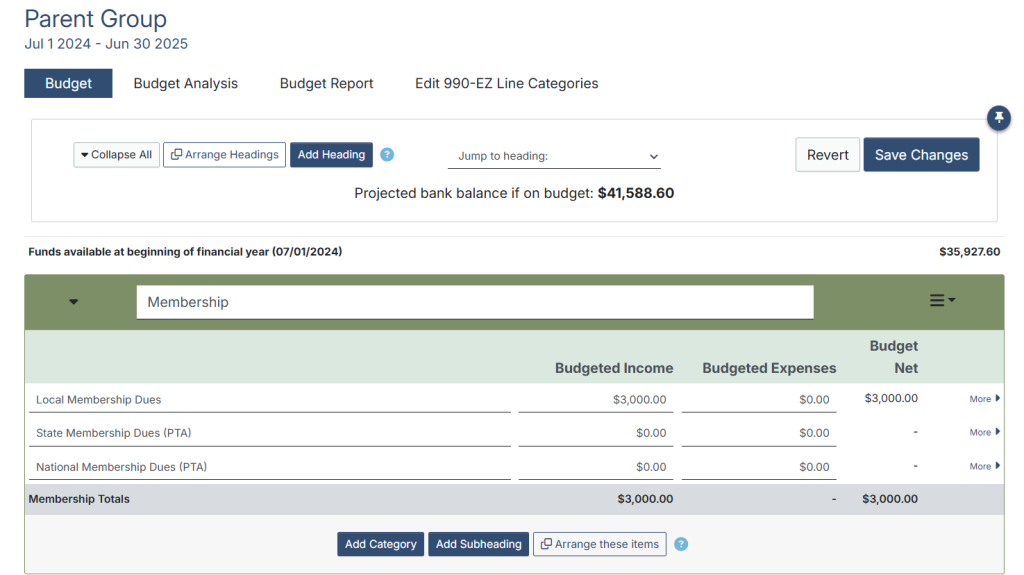
Tip: Identify any restricted funds, designated savings, or carry-over balances from the previous year. Ensure these are properly categorized in your new budget and that any restrictions are clearly documented, so you don’t accidentally spend any money that’s already been allocated.
6. Set up monthly financial routines
Set up consistent schedules for bank reconciliations, financial report generation, and expense processing. Regular routines prevent year-end scrambles and keep your records accurate.
Medium Priority: Ensuring Things Run Smoothly
7. Map out your fundraising events
Identify your major fundraising events for the year and establish financial targets, expense budgets, and profit goals for each. Create separate budget categories for large events to track their profitability accurately. Understanding the financial expectations helps with planning and volunteer coordination.
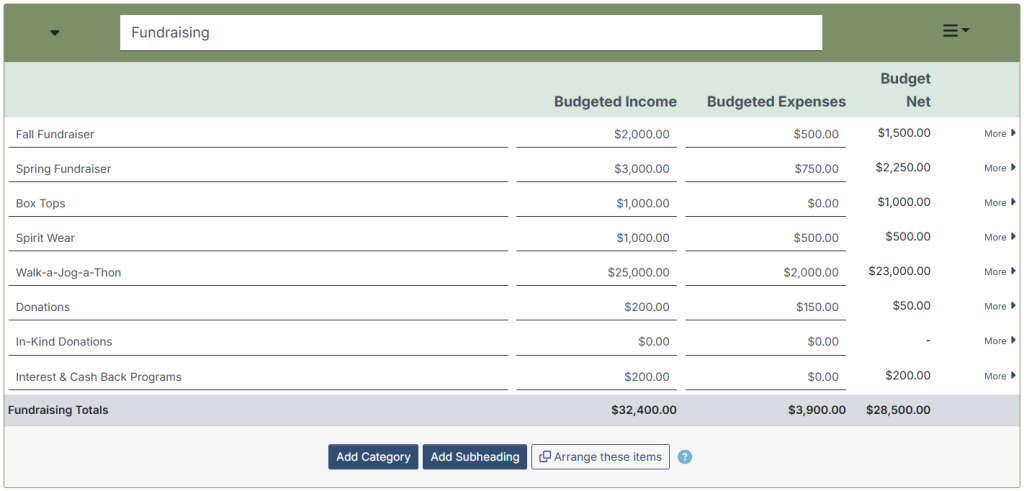
8. Create a reimbursement process
Whether it’s teachers buying classroom supplies or group members covering costs for an event, having a simple reimbursement process keeps everyone happy without the excess paperwork. Establish clear procedures for expense submissions and reimbursements. With MoneyMinder, you can create a customized workflow to ensure you collect the necessary information to process a reimbursement and can easily track it later.
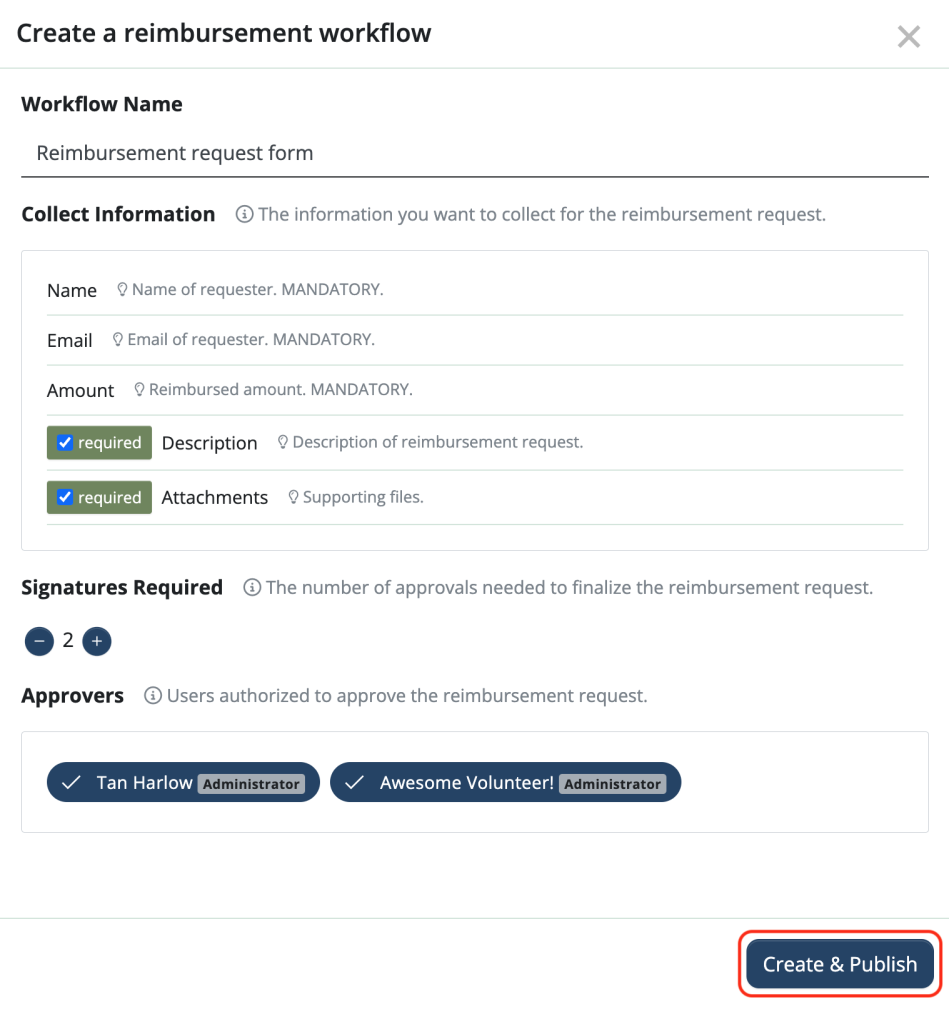
9. Organize financial documents and records
Use MoneyMinder’s document storage to upload essential financial documents: bylaws, insurance policies, previous year’s tax filings, and audit reports. Create organized folders so you can quickly find what you need. Include bank account information and important vendor contracts.
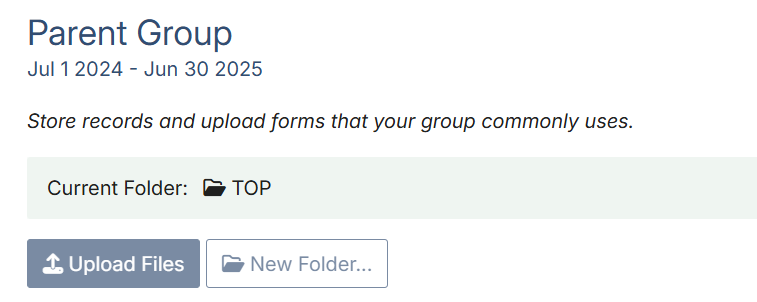
10. Set reminders for important dates and deadlines
Schedule due dates and deadlines in MoneyMinder to make sure nothing falls through the cracks. Consider creating calendar events for monthly report due dates, tax filing deadlines, audit scheduling, major fundraiser financial milestones, and budget review meetings.
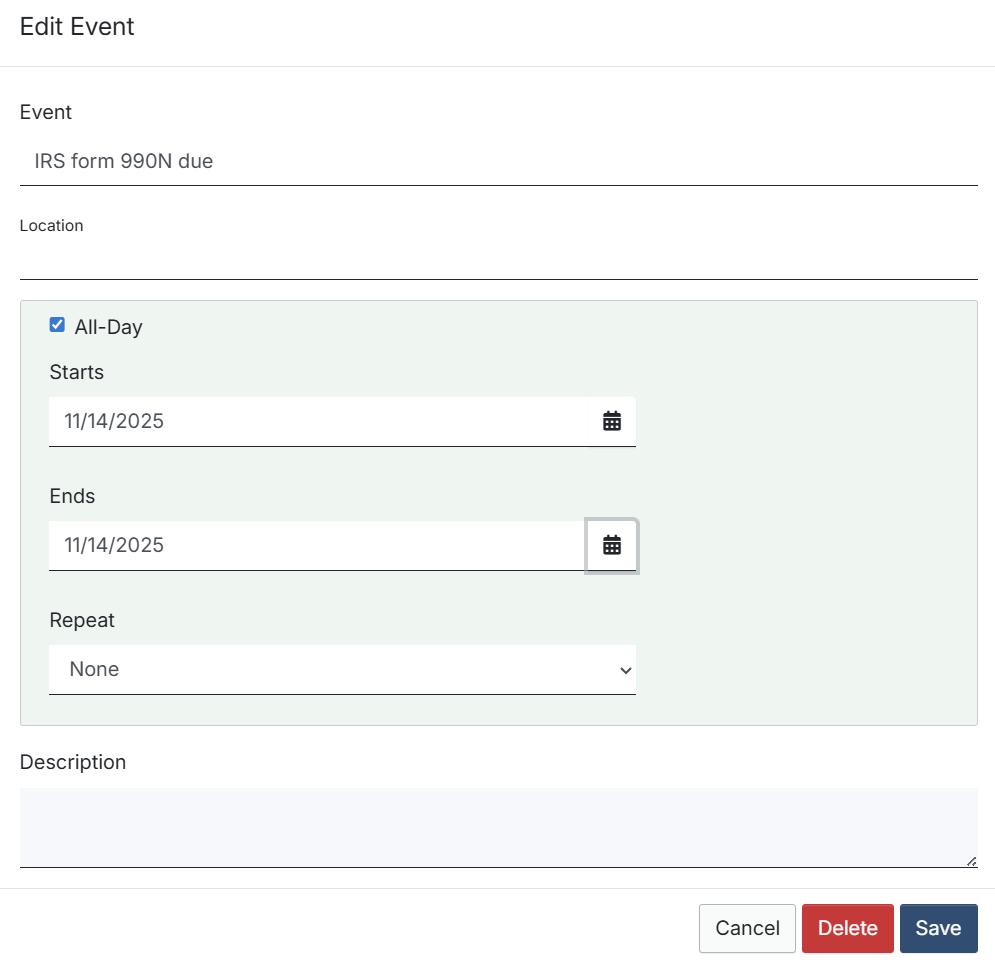
Lower Priority: When Time Allows
11. Prepare and file required tax forms
While important, your 990 typically isn’t due until several months into the new school year. Gather your total revenue, expenses by category, and year-end assets and liabilities from your closed books. Starting early gives you time to ensure accuracy, but it’s not urgent if higher priorities need attention first.

12. Review financial policies and procedures
Check your expense reimbursement limits, check signing requirements, and other financial policies to ensure they still fit your organization’s needs. Update any outdated procedures and document changes clearly for new board members.
13. Reach out to previous year members
Send renewal invitations to last year’s members, highlighting how their dues support your programs. While membership isn’t always a treasurer responsibility, many smaller organizations have treasurers handle dues collection. Make renewal easy with clear instructions and online options when possible. The MoneyMinder Store (a CheddarUp partnership) is a feature-rich option for securely collecting money for dues, donations, sales and more.
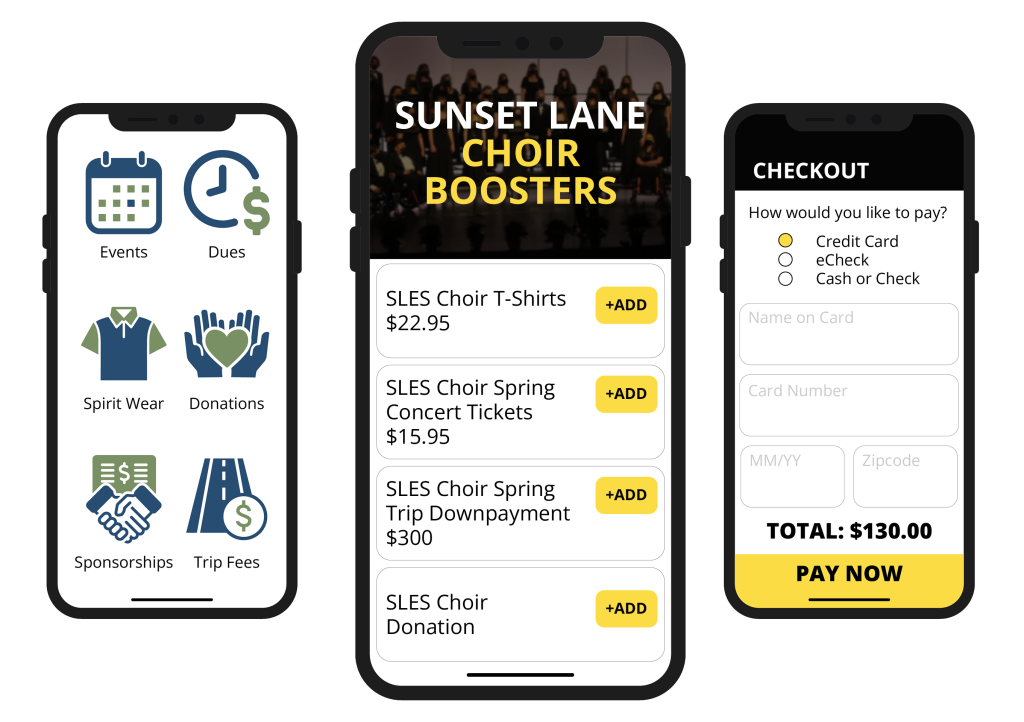
14. Plan volunteer financial support roles
Consider whether you need help with specific financial tasks: someone to help with event money counting, expense form organization, or receipt management. Having backup support identified early helps during busy fundraising periods. For additional insights on managing treasurer responsibilities, check out our article on top challenges school group treasurers face.
15. Prepare your first board meeting financial presentation
Create a clear summary of where you ended last year financially and present your new budget in terms board members can easily understand. Practice explaining your financial projections and be ready to answer questions about specific line items or changes from previous years. The treasurer’s report in MoneyMinder is quick and easy to run and provides everything you need to clearly present your financial status to your board.
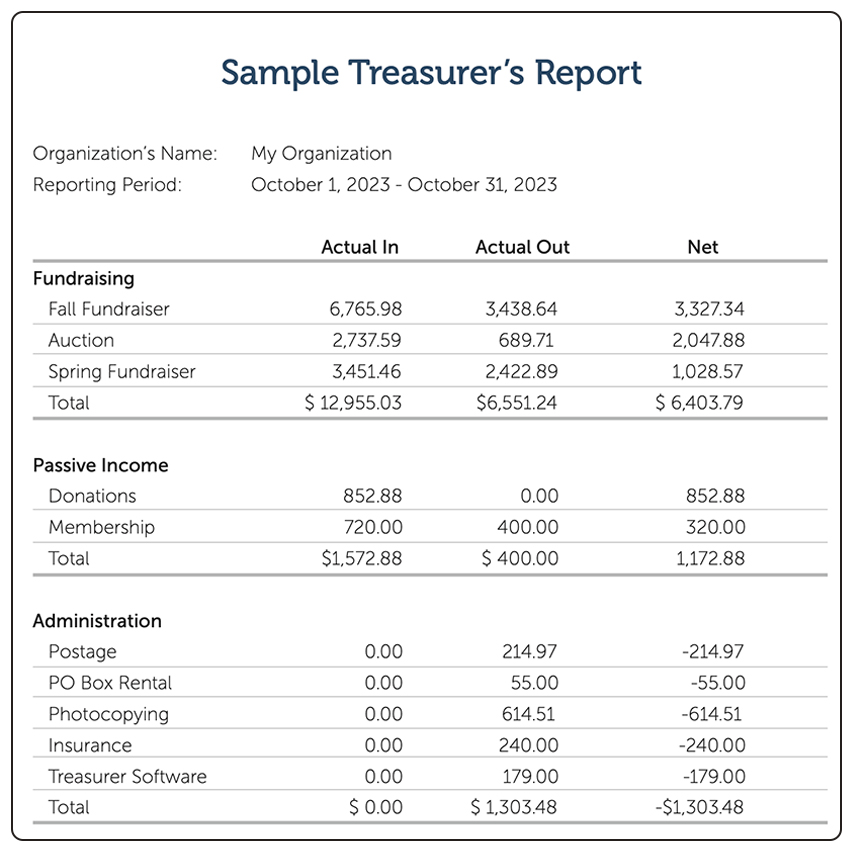
You’re Setting Up for Success
If you’re just getting started as a treasurer, remember that you don’t have to tackle everything at once. Focus on the high-priority items first – you can’t effectively plan forward without properly closing the previous year and getting your basic systems in place. Once those are handled, work through the medium-priority tasks to create smooth operations throughout the year.
Your prep work now will make the school year much smoother and help you avoid last-minute scrambling or “oh-no” moments once the school year is in full swing. Take it one step at a time, and don’t hesitate to reach out for help when you need it. Your school community benefits directly from your thorough financial management.

 Connect your Venmo account to MoneyMinder PRO to directly download transactions, saving you time and effort. You just review the transactions to ensure they are properly categorized and fill out any required fields.
Connect your Venmo account to MoneyMinder PRO to directly download transactions, saving you time and effort. You just review the transactions to ensure they are properly categorized and fill out any required fields. Connect your Bank, Paypal and Square accounts to MoneyMinder PRO to directly download transactions, saving you time and effort. You just review the transactions to ensure they are properly categorized and fill out any required fields.
Connect your Bank, Paypal and Square accounts to MoneyMinder PRO to directly download transactions, saving you time and effort. You just review the transactions to ensure they are properly categorized and fill out any required fields. Connect your Bank, Paypal and Square accounts to MoneyMinder PRO to directly download transactions, saving you time and effort. You just review the transactions to ensure they are properly categorized and fill out any required fields.
Connect your Bank, Paypal and Square accounts to MoneyMinder PRO to directly download transactions, saving you time and effort. You just review the transactions to ensure they are properly categorized and fill out any required fields. Join It is a membership management service that helps businesses and nonprofits effectively sell, track, and grow their membership.
Join It is a membership management service that helps businesses and nonprofits effectively sell, track, and grow their membership. Connect your Bank, Square and PayPal accounts to MoneyMinder PRO to directly download transactions, saving you time and effort. You just review the transactions to ensure they are properly categorized and fill out any required fields.
Connect your Bank, Square and PayPal accounts to MoneyMinder PRO to directly download transactions, saving you time and effort. You just review the transactions to ensure they are properly categorized and fill out any required fields.